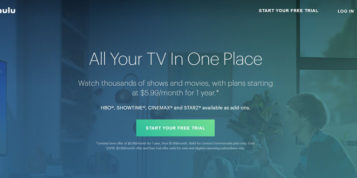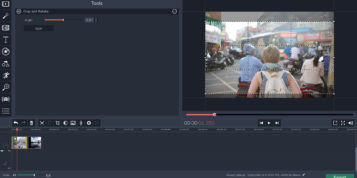Investment in digital video advertising is exploding and this is reflected by a recent IAB study, which found digital advertising spend to be up 16.6 per cent to £3.5 billion for the first half of 2014.
The investment stream is moving from TV to digital as advertisers acknowledge the more extensive possibilities that digital advertising has over the more traditional formats of content distribution.
At the forefront of this shift in advertising, music video content platforms are establishing themselves as major battlegrounds for brands looking to enhance their image in a contextually relevant and realistic manner that their target audience can relate to. Advertisers are reacting to this demand change.
Music video consumption is at a parallel with the growth we’re seeing in subsequent advertising investment in the digital video space. Online streaming of music videos, via platforms such as VEVO, has accelerated consumption and in 2013 there were 57.1 billion music video streams; almost half of the total number of online streams (118 billion), according to research company, Nielsen.
However, similar to TV shows and films, traditional methods of advertising just aren’t having the same impact that they perhaps once had. The ‘skip generation’ of consumers are increasingly resistant to linear forms of advertising, and brands need a solution that these consumers can engage with.
When it comes to music videos, it’s important that brands can speak with their audience in a realistic and applicable manner. Just as TV shows and films have definitive storylines, so do many music videos, which mean that brands should be looking at contextual integration – where their image is conveyed in relevant content that fits in with the storyline.
It’s also important that the content isn’t disrupted in any way. The context and the artistic integrity cannot be compromised, and so it’s critical that there’s a process that allows artists to approve content before it hits final production.
From a financial standpoint, music artists, brands and advertisers all benefit from this new form of in-video native advertising. Nielsen’s research also found that not only do consumers notice brands in music videos, but these videos can contribute to an eight per cent rise in purchase intent and improved perception.
For music artists, in-video advertising offers up an alternative source of revenue; capitalising on the large number of music fans who consume music videos digitally. Previously, many artists were failing to really take advantage of the huge audiences that online music video content attracts, and taking into consideration the large amount of illegal streaming that takes place, where advertisers were also losing out in terms of exposure for their brands, native in-video advertising is the viable solution.
The brands are seamlessly integrated into the content, taking away the ‘skip’ function that so many consumers utilise to get to the content they love.






